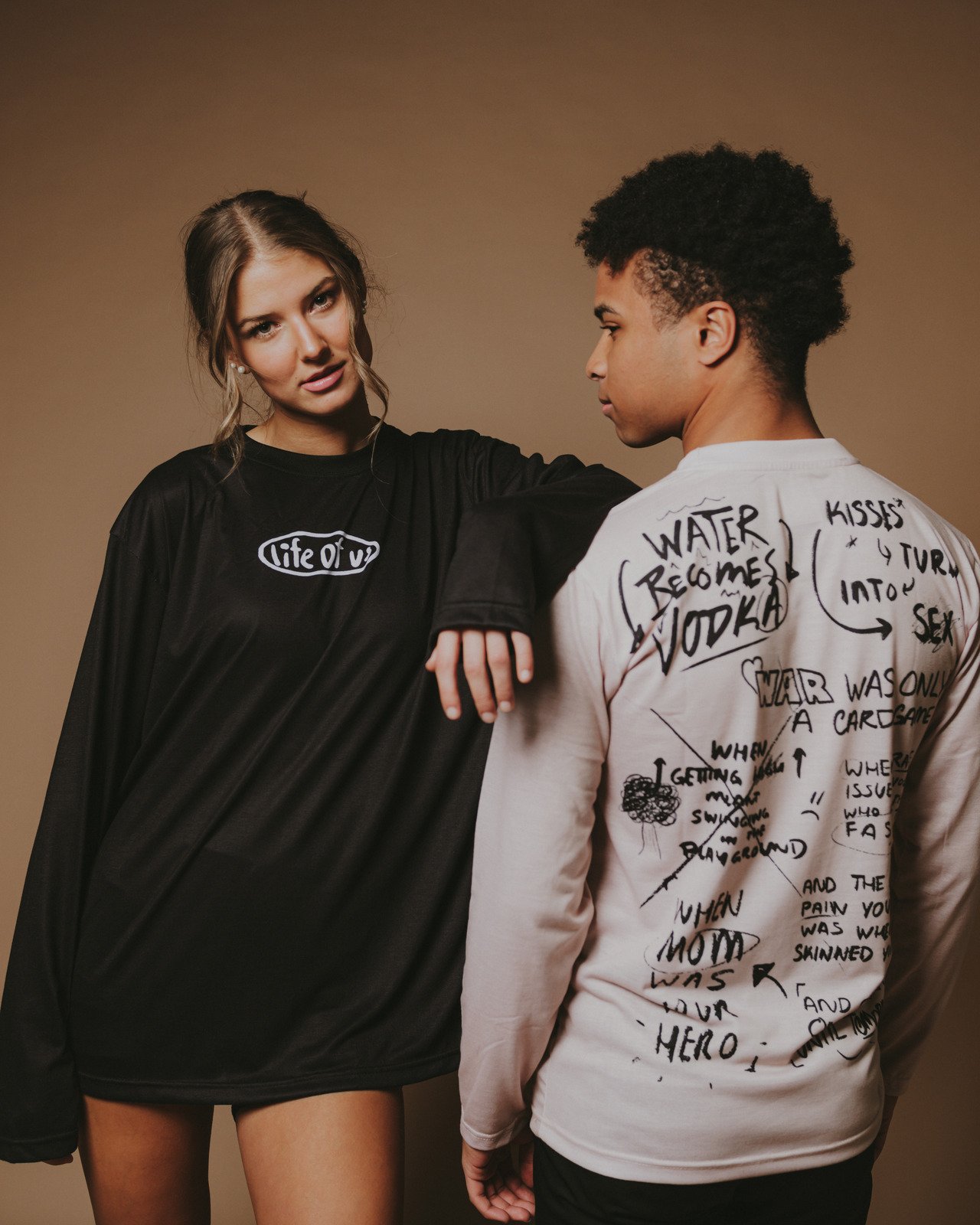As the seasons change, so does our wardrobe. The crispness of autumn air or the warmth of spring sunshine invites us to rethink what we wear. But transitioning your closet doesn’t have to feel overwhelming. It’s a chance to refresh your style and show off your creativity.
Imagine flipping through vibrant colors as leaves fall around you or feeling light fabrics that dance with each breeze in springtime. This blog post will guide you through the process of seasonal switching with flair, helping you embrace new trends while keeping pieces from past seasons close at hand.
Whether you’re excited about layering for winter or eager to incorporate brighter tones come summer, there’s something special about redefining your look as nature shifts. Let’s dive into how you can transition your wardrobe seamlessly—a journey filled with style and confidence awaits!
Understanding the concept of seasonal switching in fashion
Seasonal switching is more than just a trend; it’s an art form in fashion. It revolves around adapting your wardrobe to reflect the changes in weather and lifestyle, allowing you to express yourself throughout the year.
Each season brings its own colors, textures, and moods. Spring welcomes floral prints and light fabrics, while autumn invites rich hues and cozy layers. Understanding these shifts helps you curate outfits that resonate with the essence of each period.
This practice encourages creativity too. By mixing seasonal staples with timeless pieces, you can create unique combinations that highlight your personal style.
Moreover, seasonal switching promotes mindful consumption. Instead of purchasing new items every season, evaluate what you already own. Embrace versatility by reimagining old favorites alongside fresh trends for a rejuvenated look without cluttering your space or budget.
Evaluating your current wardrobe and identifying key pieces for transition
Take a good look at your wardrobe. It’s time to assess what you have and what truly works for the season ahead. Start by pulling everything out, creating a visual inventory of your style.
Next, evaluate each piece. Does it fit? Is it comfortable? Consider how often you’ve worn it in the past months. If something hasn’t seen daylight lately, it might be time to let go.
Identify staples that can serve multiple purposes—like a classic trench coat or versatile boots. These are essential for smooth transitions between seasons.
Don’t forget about accessories! A statement scarf or unique jewelry can elevate an outfit instantly.
Think about layering options; lightweight tops and cardigans can bridge seasonal gaps beautifully. Embrace this process as an opportunity to rediscover your personal style while preparing for change.
The importance of layering and how to do it effectively
Layering is a key technique for navigating fluctuating temperatures while maintaining style. It allows you to adjust your outfit as the day progresses, keeping you comfortable and chic.
Start with a lightweight base layer. This can be a fitted turtleneck or a simple tee. Choose fabrics that breathe well to ensure comfort throughout the day.
Next, add a middle layer for warmth. A cozy sweater or cardigan works perfectly here. Opt for textures that contrast with your base layer to create visual interest.
The outer layer should protect against wind and rain while tying the look together. A tailored coat or an oversized jacket can elevate any outfit.
Don’t forget accessories! Scarves, hats, and vests can enhance both style and functionality without adding bulk. Play with colors and patterns to express your personality in each layered look.
Incorporating seasonal trends into your existing wardrobe
Seasonal trends can breathe new life into your wardrobe without the need for a complete overhaul. Start by identifying key pieces that are already in your closet. A classic blazer or a simple dress can serve as a versatile canvas.
Next, consider adding just one or two trendy items each season. This could be an eye-catching accessory like a statement belt or a vibrant scarf to liven up neutral outfits. Look for colors and patterns that reflect current trends but complement what you have.
Mixing textures is another effective way to keep your looks fresh. Pair chunky knits with sleek denim, or layer lightweight fabrics over heavier ones for depth.
Don’t forget about footwear! Updating shoes can transform any outfit instantly while keeping it aligned with seasonal styles. Embrace these small changes; they help maintain personal flair and style year-round.
Tips for organizing and storing off-season clothing
Start by sorting your off-season clothes into categories: tops, bottoms, dresses, and outerwear. This makes it easier to find what you need when the season changes.
Use clear storage bins or vacuum-sealed bags. They protect fabrics from dust and pests while maximizing space in your closet.
Label each container with its contents. A simple label can save you time searching for specific items later on.
Consider using cedar blocks or lavender sachets to keep things smelling fresh without harsh chemicals.
Store heavier items at the bottom of the bin and lighter pieces on top. This keeps everything organized and prevents wrinkles.
If possible, choose a cool, dark place for storage to maintain fabric integrity. Avoid damp areas that could cause mold or mildew damage over time.
Regularly reassess your stored clothing as trends change; this habit ensures nothing goes unnoticed when it’s time to switch back to warm-weather wear.
Sustainable options for updating your wardrobe each season
Sustainability in fashion is gaining momentum, and for good reason. Updating your wardrobe doesn’t have to mean buying new items each season. Embracing second-hand shopping can uncover unique pieces while reducing waste.
Consider swapping clothes with friends or participating in local clothing exchanges. This not only refreshes your style but builds community connections too.
Another option is to invest in timeless basics made from sustainable materials. Quality over quantity ensures that your pieces last longer, making them worth the investment.
DIY projects can also add a personal touch to older garments. Simple alterations like cropping jeans or adding patches breathe new life into forgotten favorites without contributing further to fast fashion’s footprint.
Brands focusing on eco-friendly practices offer stylish choices that align with ethical values. By prioritizing sustainability, you create a wardrobe that’s both fashionable and responsible.
Conclusion: Embracing the changing seasons with confidence and style
Transitioning your wardrobe with the changing seasons can be an enjoyable and creative process. It’s a time to explore new styles while still making use of what you already have. Embrace the art of layering, mix in seasonal trends, and remember that sustainability is key.
As you assess your closet, think about how each piece fits into your overall style narrative. With thoughtful organization and storage for off-season clothing, you’ll keep everything fresh and accessible.
With each season comes a chance to express yourself differently. So take this opportunity to step out confidently in outfits that reflect who you are today—while looking forward to what lies ahead. The world is full of possibilities; let your wardrobe be part of that journey!





